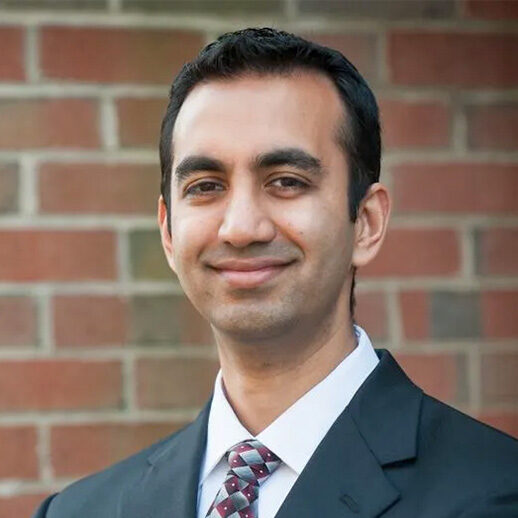
Integrated Care Plans Didn’t Boost Medicaid Enrollment for the Poorest Seniors
Chart of the Day: Medicare-Medicaid Plans—Created to Streamline Care for Dually Eligible Individuals—Failed to Increase Medicaid Participation in High-Poverty Communities
In Their Own Words
The following excerpt is from an op-ed that first appeared in The New York Times on November 30, 2023.
Nonprofit hospitals have been caught doing some surprising things, given how they are supposed to serve the public good in exchange for being exempt from federal, state and local taxes — exemptions that added up to $28 billion in 2020.
Detailed media reports show them hounding poor patients for money, cutting nurse staffing too aggressively and giving preferential treatment to the rich over the poor. Nurses and other workers recently resorted to strikes to improve workplace safety at Kaiser Permanente and the Robert Wood Johnson University Hospital in New Brunswick, N.J.
That’s not the end of it. Nonprofit executives have embarked on an acquisition spree, assembling huge systems of hospitals and physician practices to raise prices and increase profits. Ample evidence indicates that the growth of these giant systems makes health care less affordable for patients, families and businesses.
Over the past year, a new hospital strategy has come to the fore, the cross-market merger. In the past, most mergers and acquisitions involved hospitals or physician groups in the same geographic area. Now health care systems are reaching far and wide to find other hospitals to acquire. This is exemplified by the California-based Kaiser’s acquisition of Geisinger Health in Pennsylvania announced in April. Since then, hospitals in Missouri, Texas and New Mexico were involved in two other cross-market mergers. In another example, Advocate Aurora Health’s merger late last year with Atrium Health created a juggernaut with 67 hospitals strung across six states, from Wisconsin to North Carolina. We are witnessing the advent of the new American megahospital system.
Read the entire op-ed here.


Chart of the Day: Medicare-Medicaid Plans—Created to Streamline Care for Dually Eligible Individuals—Failed to Increase Medicaid Participation in High-Poverty Communities
Research Brief: Shorter Stays in Skilled Nursing Facilities and Less Home Health Didn’t Lead to Worse Outcomes, Pointing to Opportunities for Traditional Medicare

How Threatened Reproductive Rights Pushed More Pennsylvanians Toward Sterilization

Abortion Restrictions Can Backfire, Pushing Families to End Pregnancies

They Reduce Coverage, Not Costs, History Shows. Smarter Incentives Would Encourage the Private Sector
Research Brief: Less Than 1% of Clinical Practices Provide 80% of Outpatient Services for Dually Eligible Individuals